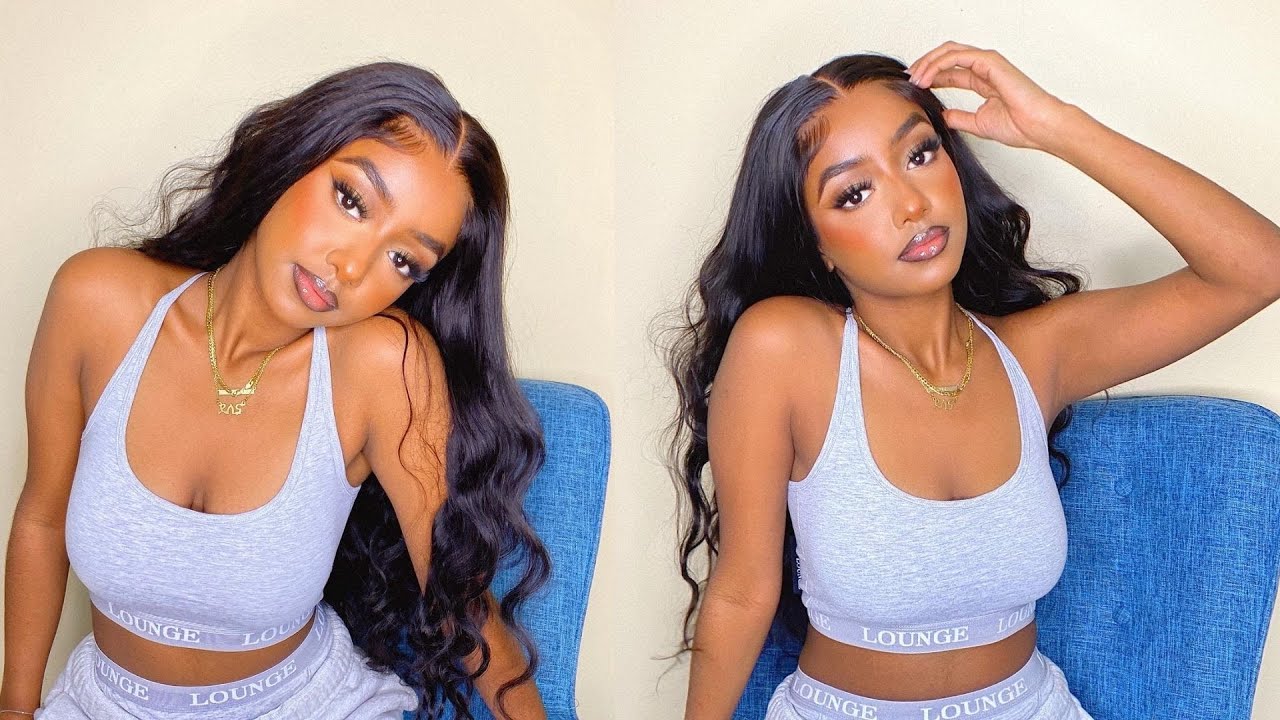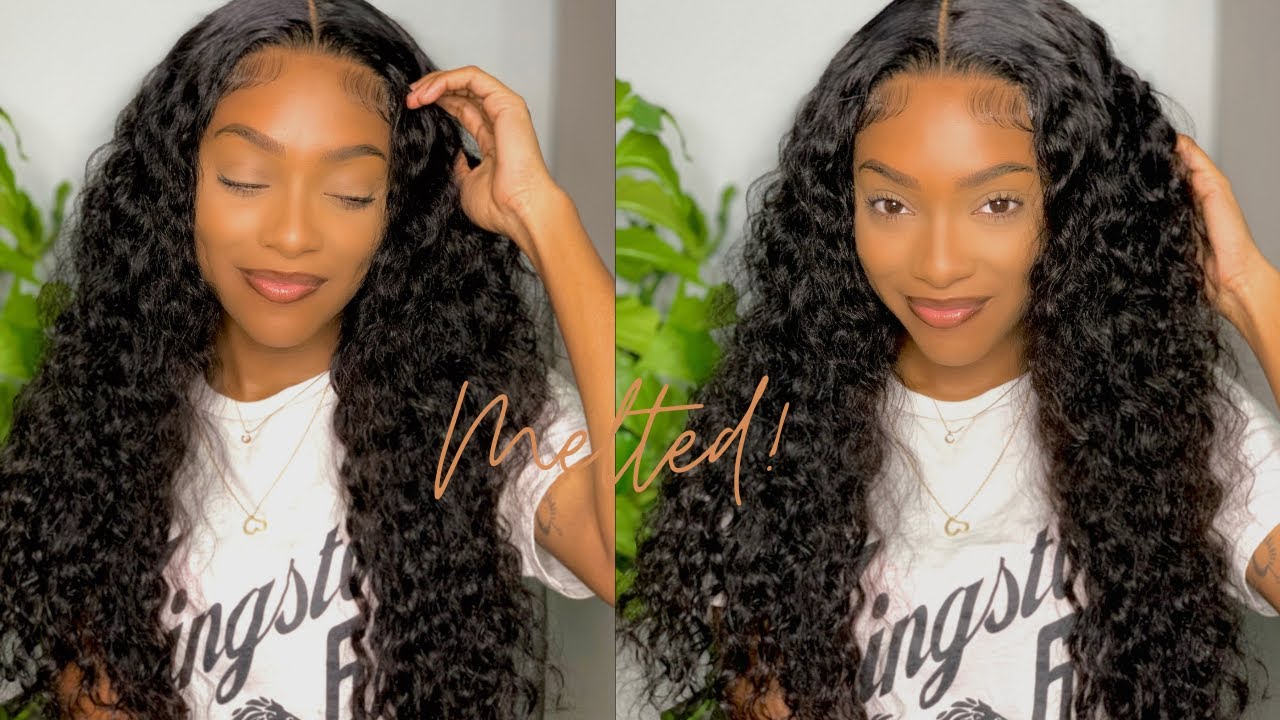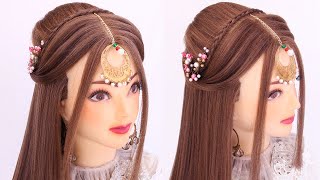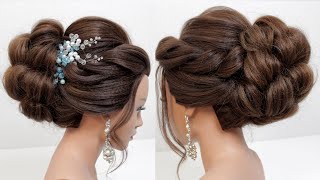How To Cut A Basic Round Layered Haircut
- Posted on 27 September, 2022
- Long Hair
- By Anonymous
Join my Patreon Virtual Cutting Club Here:
https://www.Patreon.com/mattbeck
The Music I use in my videos is here:
https://www.epidemicsound.com/referral...
Purchase The TriRazor Here:
https://bit.ly/TriRazor
Purchase My Scissor Here:
http://bit.ly/mattbeckscissor
Purchase My Favorite Combs Here:
http://bit.ly/favoritecombs
Purchase Ergo Brushes Here:
http://bit.ly/ergobrushes
Purchase My Favorite Clips Here:
http://bit.ly/myfavoriteclips
TEXT ME! 215-608-2612
Create a FREE Profile and Watch Hundreds of Hair Education Videos Here!
https://bit.ly/FreeSalonEducation
Shop the FSE Store Here!
https://bit.ly/ShopFSE
Get the FSE NOW App!
iPhone: https://bit.ly/FSENOW
Android: https://bit.ly/FSENOWGoogle
Follow me on Instagram: https://bit.ly/FSEINSTAGRAM
Follow me on Twitter: https://bit.ly/FSETWITTER
What'S up guys welcome to today's video super excited to have all of you guys here with me today, I'm going to be going over full, step-by-step uh, layered haircut, for you guys, so, let's get started, okay grab some clips and what is the FSE digital hair cutting System sectioning, it's very, very simple. I focus on the curve of the head and that's how we section it out we're going to go straight down the center, and this doesn't matter if my guest has a center part or not, I'm still going to section it. This way so we're going to work through it from the bridge of the nose up and I'm going to draw a line straight back to the crown and we'll work that through and then we're going to go from the high point of the head. And I'm going to draw from this high point right here. These are the things you need to look for when you're sectioning out your client. So I work through here I go straight down the center that separates left and right now I want to separate front and back the way that I separate front and back is I work from this high point here and I go down and I aim for the Hairline here so, the hairline allows me to grab a hold of what would be the back density so from here up and all the way back is the same density all the way to the other side. Everything from this point forward here is the same density, so that separates front and back and then I know when I go to layer, the hair that every section I'm holding in my hand, has the same density. So I comb this forward and I'll slide a clip Up underneath and keep the front separated. Okay, now we're gon na do the same thing. On the opposite side, all right, High Point down to the hairline got a little bit far there. So I'm just going to re-comb and adjust sectioning like this, for every single haircut that I ever do allows me to be aware, especially let's say: I'm cutting a bob to not cut too far into the side without being aware of it slide the clip Up underneath And hold it in place so now again, this density, all the way around to the back, is the same and this density all the way from the front is the same. Now. What we need to determine is through consultation, what our guest wants. So I can section this before. I even know what she wants, because this is just the standard sectioning get through it. Normally I'd be having my con my consultation, while I'm putting this sectioning in and then I can execute right as soon as I'm done. Sectioning now, where you start is going to be determined in the consultation, I want to do a long haircut with long layers, because I want to do long layers. I want to start from the inside out. I want to go interior to exterior. Why I want to do that is because I want to know how long this piece is going to be. I can always blend it into the bottom, but if you start in the bottom and you start layering up and then all of a sudden, the layers are shorter than you wanted. Then you messed up your execution. What you wanted to do, the next thing we need to break down. I know I'm going to go long layers, so I know I want to start inside out now. I need to know my horizontal line, so we talk about our vertical. How long do we want this to be, how much layering do we want to do, and now, where do I want to move the weight side to side? Do we want her to have rounded looking layers that go around the face or around the head? This way. Do we want it to be more balanced in the back like this? Do I want to pull everything back and have it cut into a line in the back? That would give me weight towards the edges towards the corners here. Those are really the two things that I think about. In this scenario. Do we want to have weight in the corners? Is the question I don't want to have weight in the corners for this cut, so we're going to be moving in a circular motion around the head shape and we're going to work pie, shape sections until we get to the corner here same thing, one to two To three to four and we're going to work layering out from the head, this is where hair cutting gets broken down into such a simple form, where there's literally two things to think about there's: how much do we want to graduate or layer? So graduation is anything below 90 degrees, so if I've got this held out from the head shape here, I'm at 90 degrees. All this is layering. If I lift the hair higher and higher it's going to get more layer right, but it's going to get more layered and shorter as we go. Unless we decide that we want this length here, I lift it up and then we can start to concave or collapse. The rest of the hair here but hold on to that length where we want it to be cut or you've got the hair out like this. This is 90 degrees here, anything below that we drop it just one degree we start building weight on the head shape. A lot of people will cut layers and not be aware that the head shape is curving and you're working on a round surface. So they're not aware that they're, actually at 89, 85 75, whatever it is, doesn't matter, but it's below 90 and they're not aware that some of the section they're holding like if I'm holding all of this in my hand, I might think I'm coming out and I'm Cutting this all at layered, I'm layering it all, but I'm not layering at all, because this part here this is actually at almost 45 degrees. This is 90., then here is almost 45 degrees. 90 is here, so I need to be up here with this section in order to not build extra weight on the back end of of that cut. So if I take this section up - and I cut it here when I drop - that I've got a heavy little bit of a heavy shelf building up because that's the weight - that's the graduation on the top end of that section. Does that make sense? So we are going to start with the vertical section in the back. I'M cutting this down to the occipital bone. There'S not going to be much hair underneath here to cut past the occipital bone, but I'm just going to continue my line, see there's nothing really there. If there is hair there, you continue that line. This is one thing I want you guys to think about. When I cut this. My top point of my section is at 90. this line that I cut. I want to continue that line straight out until it hits the floor, so everything that I bring out from the head is going to follow that line. That'S the line that I chose for this haircut and that's where I pull everything up too and cut it and then, when I rotate I'm going to rotate this horizontally into a the next pie, shape section so section one we're now going to travel. This was section one, so I'm going to Pivot here, grab section two and I'm going to bring section one over to section two. So I bring this up, got that entire section, one in my hand, and I come across and I cut I'm combing the old section. The guide toward the new section that will just ensure that I'm pushing the guide in the right place if I were to pull the hair I'd, be pulling the new hair towards the guideline, and I'd never have that guideline where I wanted it to be. We'Re going to go to my Uber driver analogy here, so imagine section: one is an Uber driver or uh. What'S the other one lift a lift driver, and so section one goes over to section two's Place, Picks Them Up Cuts them. That'S not nice, uh section one over to section two's place, you cut section two, you drop them off at home section two then brick goes over to section threes place and section one gets dropped off. So here section one stays back now. Section two goes to pick up section three, so we bring section two over to section three's house. Let me go through and we cut and now I'll re-comb to then grab tension again now we drop section two off at its home and three goes over to Fours. So at this point you should be basically right behind the ear over top of your section and continuing that line, that line stays the same angle. So that is the left side and we've kept all the length think about your guess that comes in and they're like. I don't want to lose a lot of length, but I need my layers cleaned up. You now have cleaned up their interior, and now you just do a little exterior trim same thing on the other side, so we're going to grab section one again and I'll grab. Two in my hand, we've already cut one and we're going to bring section one over to section two foreign. So we got some layers going. You can see this kind of beautiful nice shape that we have. Obviously this is long a little bit stringy towards the bottom. I'M going to clean it up now, then I can determine what I want that Outer Perimeter line to be now cutting the front, we're going to do a little connection today, because I don't always connect the front and back, but I feel like you guys like when I connect it and for this cut I can. This is the portion in the back that we already cut. When you look at that, you should see a little rounded Edge. That'S because it followed the round, I'm going to do condensed cutting. So I'm going to take this entire right side and I'm going to comb it up in my hand - and this is such a good technique because of where I'm at on the head - there's not a lot of curve to play with. But I also know that when I look at this section, I know that this is 90 degrees. So as long as I'm 90 degrees, then the rest of this section - everything from this point over as long as I'm 90 degrees. On this point, the rest of this will all be above 90 degrees, so all layering. Now you want to comb like this comb. It all the way up, I'm going to grab a piece from the back as my guide that will connect it together for you guys, but see how this his hair bunched up at the bottom. You really want to work that up. First, all the hair up into your hand, I got my piece as the guide I'm over top of The Parting and I cut across now. What is this cutting it across like this is cutting it balanced on the side. It'S all about the angle. So if you didn't pull it over top of The Parting enough, you'll get a shelf, and you don't want that. When I look at this now, I've now layered this entire side I'll do the same thing on the opposite side. I just want to wet this down a little bit to uh clean up the Baseline, so we've now cut the entire interior of this haircut and this little face frame I'll actually cut into it a little bit more once I blow dry, the hair and I get To see it all right so now we're going to blow dry we're going to use Paul Mitchell, clean Beauty, a volumizing liquid. It'S a couple pumps of that and work this through the hair. Look at all those layers - oh that's nice, so Paul Mitchell, narrow, lift. So once I get the product in the hair, I like to blow dry to get it about 80 dry. Before I start round brushing and there's no sense in over working a round brush over and over again to try to get the section dry then smooth. You might as well get the hair dry, then smooth it with the round brush, I'm going to blow dry everything back off of the face. So let that cool for a sec and then as it cools I'll unwrap it and then just kind of give it a little twist that just keeps from pulling the little bit of wave that we put in it out of it out of the hair. Now what I want to do, what I would have my guests do is lean their head forward. Kick all this hair kind of forward bring a little life into that root. Just a little Shake That off the press. There then, what I would have her do her head back up, but I'd have her kind of flip it up right, so she doesn't have a body, so I'm gon na have to I'm gon na have to help her out a little bit, but I have her Flip her hair back then I'd work it forward and start to get that volume going cool about this cut is that it really keeps the length in the hair





Comments
Jacklyn Rodriguez: What a beautiful job. Love it ❤
Jennifer S: That is the exact hair cut I get every 6 months. Thanks for breaking it down for us.
M G: Excellent quick tutorial with clear explanations. Great for refreshing my knowledge. Thank you. Regards.
Julie Trembath: Love it Matt. Thanks for the Refresh of this cut ❤️
Karina Rincón: Tú una vez más...❤️ Padrísimo! Me encanta todo lo que haces
Ruth O'Regan: Fabulous cut!!! Thank you
David Campbell: You always give awesome education. Keep it up Matt, I always get something from the information you share.
Elizabeth: Thank you so much for this, great breakdown on a classic
Antonette Pfister: This is the best way to cut layers! And this explanation is the best
linda lee: As always... gorgeous ❤️
Yasmine Rivera: Can't get enough of your videos!
Bharti Makwana: Is beautiful hair cut ♀️ I love it
Thalia Rose: Love, Love, love ❤️ your videos there Very helpful
Mr. Meitei: You are the great tutor
David Berry: So combing the guide? First person I've seen do that. What will that give you horizontally? Each subsequent section would be smaller wouldn't it? So a round shape?
linda alden: Would love to see if this work on dead straight hair
Mayser A: Very good
Flower Power: Just LOVELY,
T. Michael1415: Nice!!
monique cain: Great explanation Monique Cain WBI Reseda CA
Stephanie Altamirano: I hate the shelf! I need this cut.
Refiqe Aliyeva:
Paola Marconi: you speak too much....
Katie Mosquera: Uber